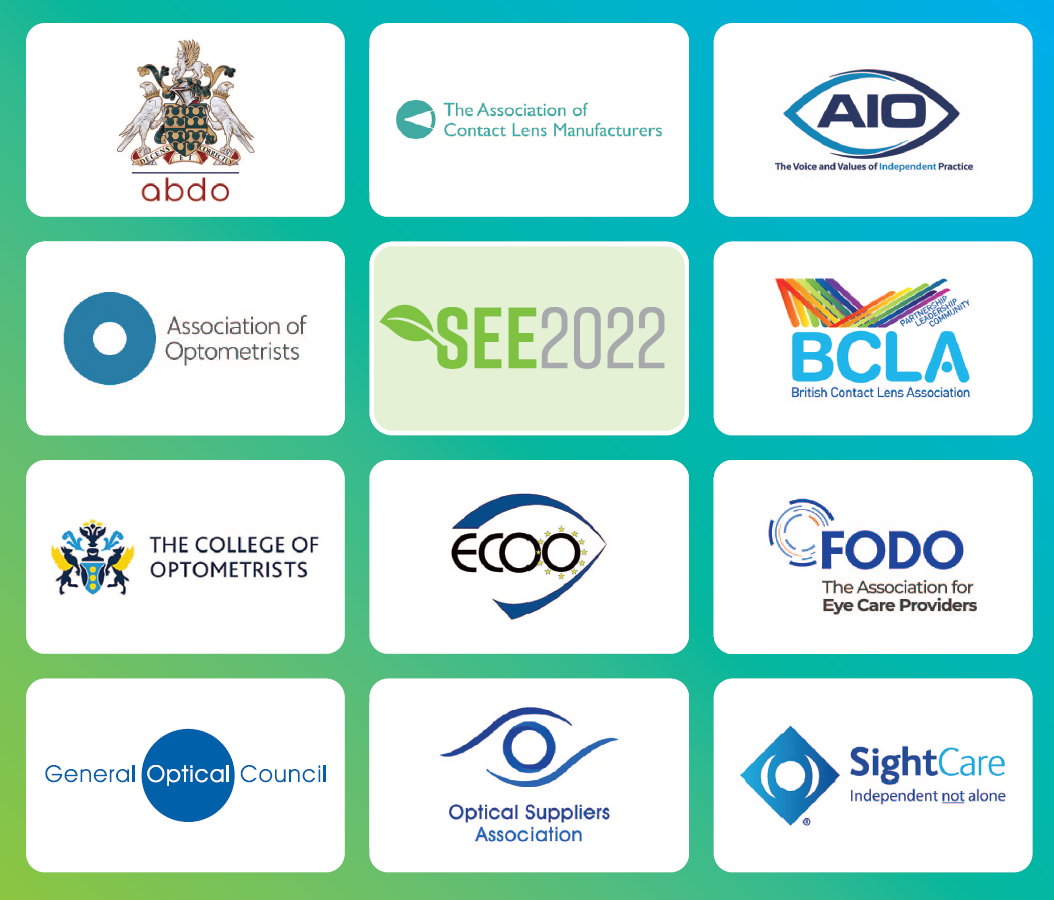
SEE Resources – carbon footprinting
Resources to support you in your sustainability journey
Following the SEE Summit, many practitioners have asked for resources to help them in their sustainability journey. We will be adding resources to help you here.
Help to calculate and reduce your carbon footprint
Carbon footprint is a measure of the total amount of greenhouse gases released into the atmosphere as a result of an individual’s, organisation’s, or nation’s actions. It’s usually measured in tonnes of CO2e (carbon dioxide equivalent).
ABDO is now carbon neutral
Reducing our carbon footprint is key to limiting an increase in global warming. The Paris Agreement calls for global action to limit global warming to well below 2, preferably to 1.5 degrees Celsius, compared to pre-industrial levels. To achieve this long-term temperature goal, countries aim to reach global peaking of greenhouse gas emissions as soon as possible to achieve a climate neutral world by mid-century.
Read this useful article about your carbon footprint to learn more.
You can get a helpful guide to carbon footprinting for SMEs here, with lots of images to make understanding carbon footprinting simple.
Learn about how the whole healthcare system can become more sustainable:
The UK primary care sustainability network: Greener Practice
NHS Scotland climate emergency and sustainability strategy: 2022-2026
NHS Wales decarbonisation strategic development plan
[At time of updating in December 2022, Northern Ireland is the only UK region where there are no detailed plans on achieving decarbonisation of NHS healthcare]
Explore Health Care Climate Action which offers a decarbonisation roadmap.
simpleshow explains the Carbon Footprint
You’ve probably been hearing a lot about climate change and how you should reduce your carbon footprint. But what’s that exactly? Just like an actual footprint, it’s a mark you leave upon the environment. No, not with your shoes but with every action that releases “Carbons”. Those are the harmful gases, such as Co2, which are pumped out by burning fossil fuels, like oil or gas. And the more fuel is used, the bigger your footprint will be. You may think that by driving your car, the only carbons you release come from the engine, but no. Consider the carbons that are emitted just to get fuel into the tank: From the energy needed to extract the oil from underground, the pollution caused by transportation and refinement, to the final delivery to your local petrol station. Not to mention the Co2 released by manufacturing your car in the first place. More than you thought, eh? So unless you live in a cave; you and everything you own has it’s own carbon footprint: Read a book — Printing and distributing it uses energy. Brush your teeth and your tools will have a history in a factory. Even something as basic as an apple could have travelled hundreds or even thousands of miles to end up in your local supermarket. You see, it’s pretty much impossible to leave no carbon footprint behind. But by thinking about your actions and personal choices, maybe you can make your feet just that little bit smaller and really help to put the boot into climate change.
Scope of GHG emissions explained
In this video the three categories of Greenhouse Gas Emissions, namely Scope 1, 2 & 3 are explained. Scope 1 emissions are direct on site emissions. Scope 2 and Scope 3 are indirect emissions.
Carbon footprint resources
Help to calculate your carbon footprint at work:
- ABDO has devised a tool for the optical community to help you take action and reduce your carbon footprint in practice. Click here to try it out.
- Carbon footprinting for healthcare workshops from Sustainable Healthcare.
- Carbon footprint calculator for SMEs from the Carbon Trust.
- Consultancy and advice from Plannet Zero, the Carbon Trust and PlanetMark.
Your carbon footprint at home:
- This is a list of actions to reduce your personal carbon footprint.
- Free online carbon footprint calculator aimed at individuals, and a simpler carbon footprint calculator from the WWF.
Learn about calculating your own business carbon footprint:
- Free Futurelearn course: How to Measure, Reduce, and Offset your Company’s Carbon Footprint.
Learn more about carbon offsetting:


